Metal is a versatile medium that has an equal place in both architecture and art. In architectural design, applications range from facades to internal features and dividers to wall coverings and screens. Meanwhile, in the arts, the results of using metal can be truly stunning, creating works that can dominate a landscape.
The versatility of wire mesh and perforated metal is one of the many reasons artists use it as their preferred medium, transforming metal products into new and wholly unexpected forms such as brilliant and captivating sculptures.
Wire mesh and ghostly buildings
Reconstructing ancient buildings out of woven metal might seem far-fetched, but not to Italian artist Edoardo Tresoldi. Last year, Mr Tresoldi recreated an early Christian church directly on top of its archaeological site in Siponto, Italy, completely out of woven metal. This full-scale structure was created above the original site of the Santa Maria Maggiore di Siponto Church, whose basillica was destroyed in the 13th century, according to Dezeen magazine.
Lockergroup Transit F281 Transit F160, Art Installation Sydney. Artist Stone & Milnehouse pic.twitter.com/XsoNFRahTa
— Locker Group (@LockergroupANZ) June 10, 2014
Mesh and light
Closer to home, designer Stone and Milnehouse took advantage of Locker Group’s transient wire meshes to bring an art installation to life on Conrad Road on the Ponds in Sydney. This major installation “Float” explores the presence and absence of water in the landscape. We worked closely with the designers to create this iconic artwork in the Pond’s community, providing a focal point to the area with the soft billowing umbrellas. The umbrellas glow at night, the colour changing with the seasons with the LED lighting responding to seasonality and rainfall.
Perforated metal taking on the form of organic coral
From bringing ancient churches back to life to creating organic-looking artworks, metal can do it all.
The imposing installation “Under Magnitude,” in the Orlando Convention Centre, looks more like enormous bleached coral than perforated aluminium. These branching, tubular structures have been made by hand-curved 1-millimetre thick strips, riveted together to create a piece that is strong enough to walk on. In all, Dezeen reports that over 4,600 strips were used to make this two-storey structure. It was designed by architect Marc Fornes and his studio The Very Many, which alongside “Under Magnitude” has created many similar surreal sculptures inspired by nature.
At Locker Group, we’re passionate about applying our architectural wire, woven and perforated metal products in fascinating and unusual ways. As far as we’re concerned, the only limit is your imagination. To find out more, get in touch with our team today.

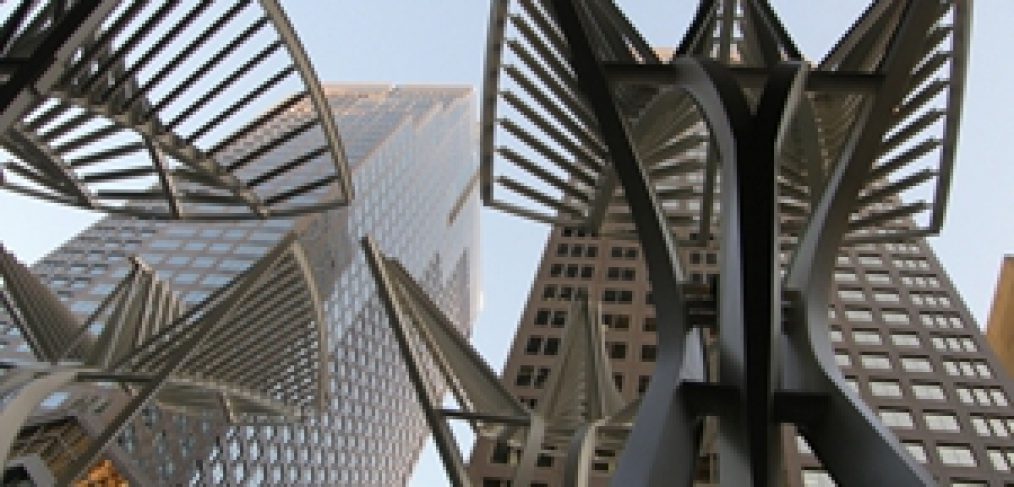


 Productivity benefits from a range of open and private spaces.
Productivity benefits from a range of open and private spaces.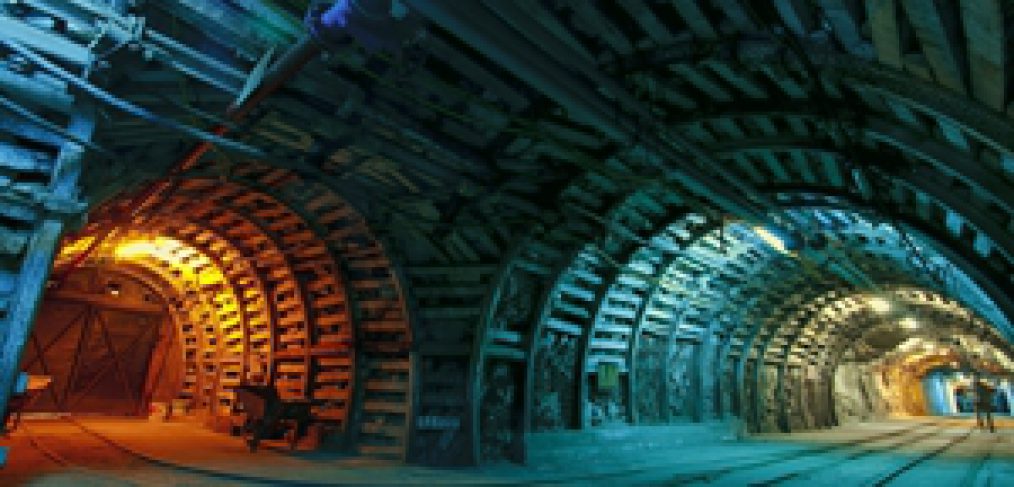
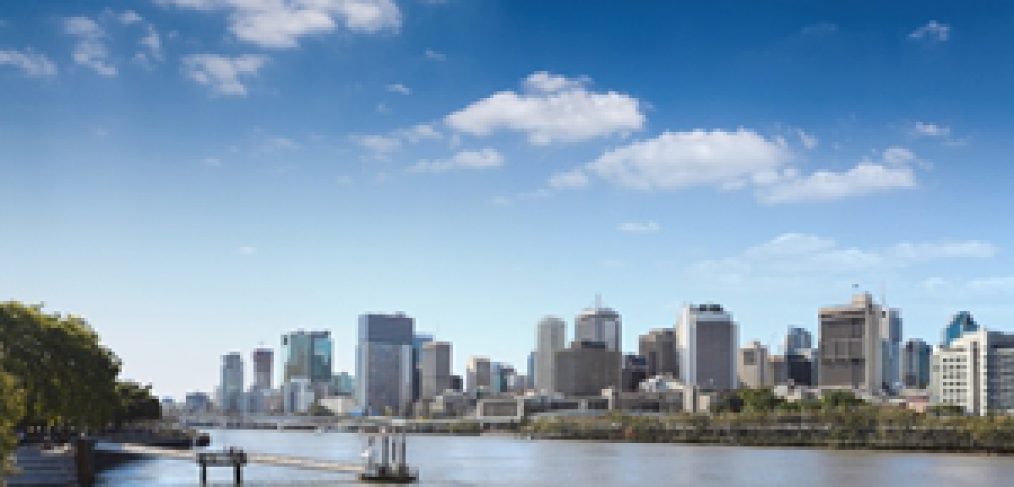
 Understanding a building’s location and conditions is crucial to designing it to be energy-efficient.
Understanding a building’s location and conditions is crucial to designing it to be energy-efficient.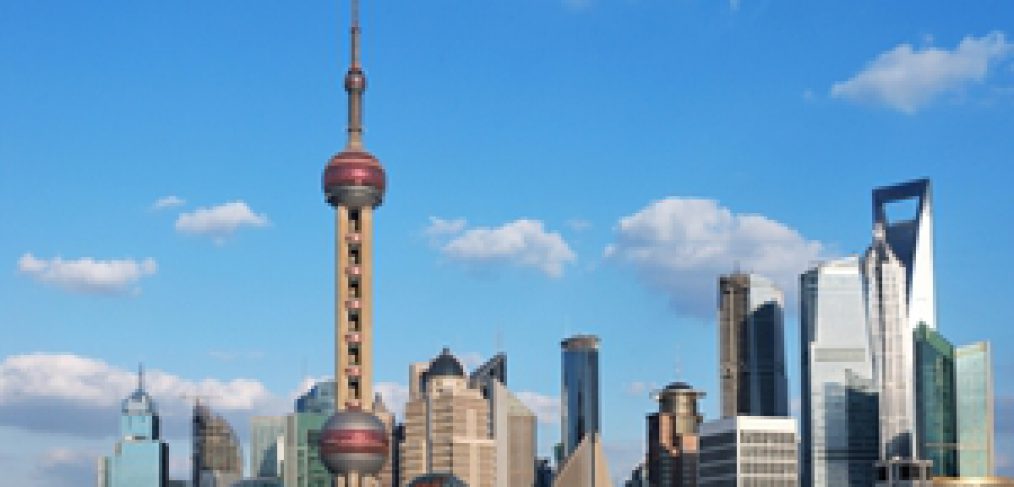

 Burglars see architectural features as potential entry points to a building.
Burglars see architectural features as potential entry points to a building.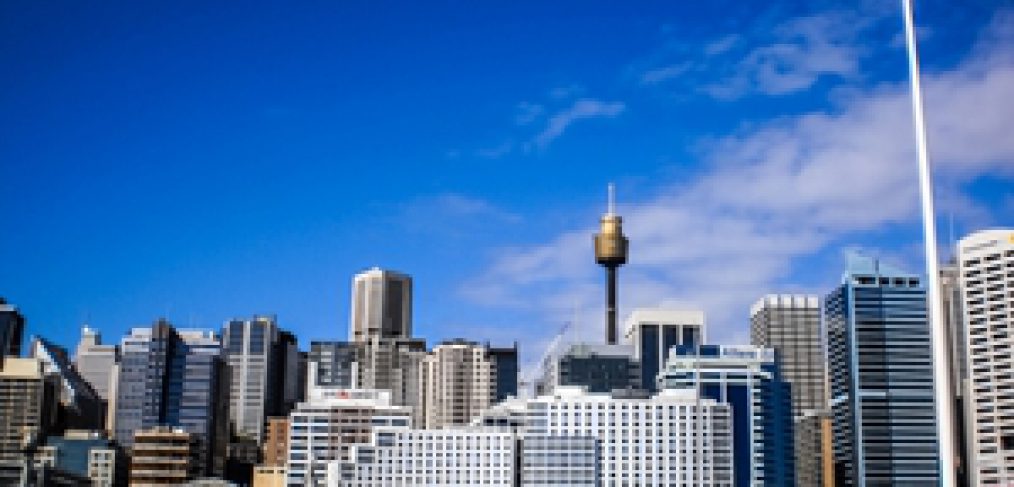
 Sydney has a history of prioritising public art as part of its urban planning.
Sydney has a history of prioritising public art as part of its urban planning.

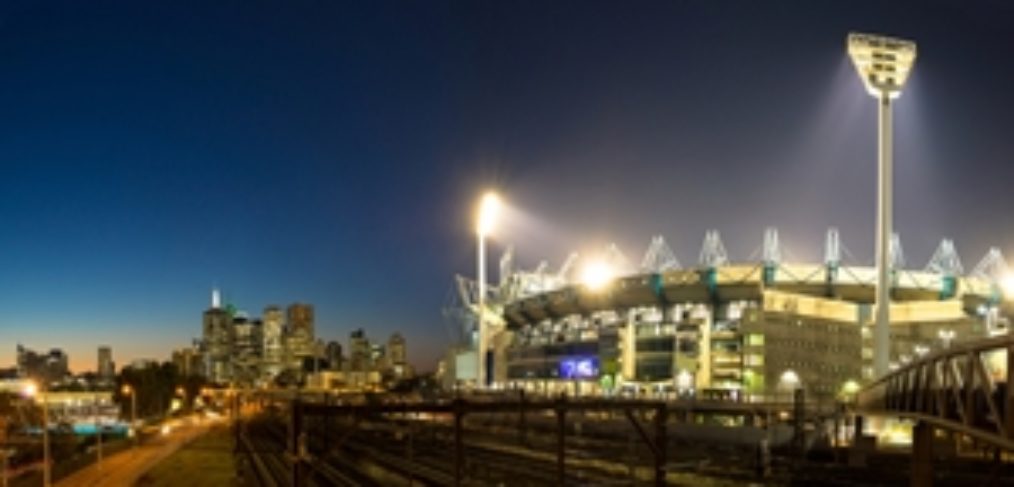

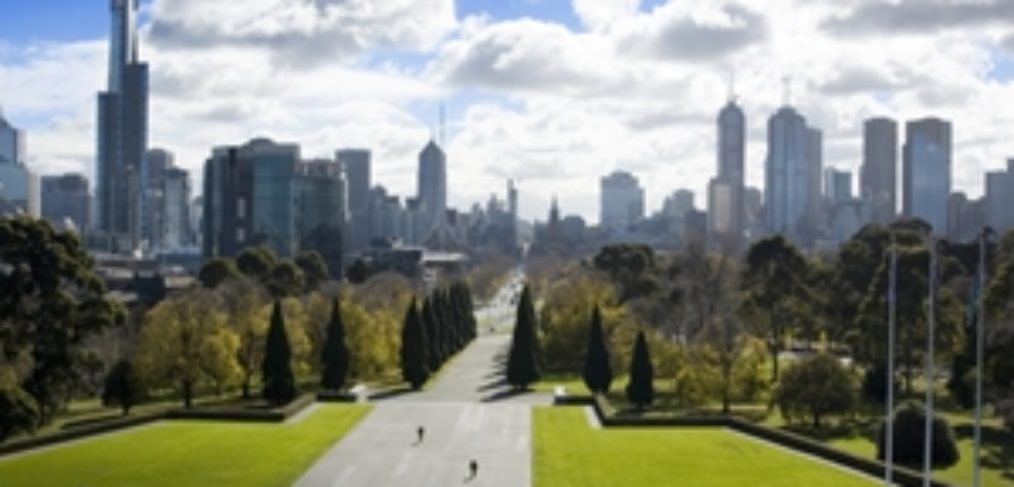
 Australian skyscrapers need to reduce their reliance on air conditioning to become more green.
Australian skyscrapers need to reduce their reliance on air conditioning to become more green.